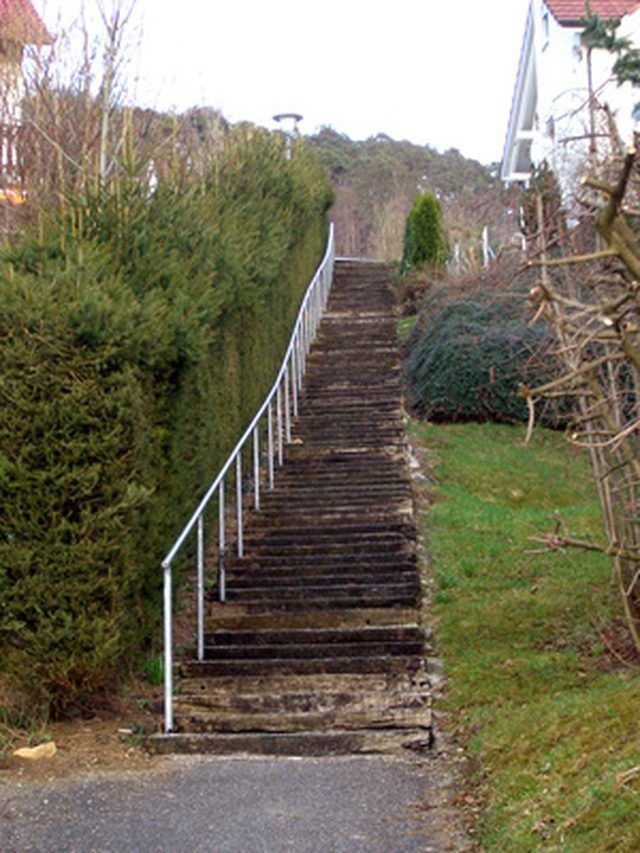Bulbs
Flower Basics
Flower Beds & Specialty Gardens
Flower Garden
Garden Furniture
Garden Gnomes
Garden Seeds
Garden Sheds
Garden Statues
Garden Tools & Supplies
Gardening Basics
Green & Organic
Groundcovers & Vines
Growing Annuals
Growing Basil
Growing Beans
Growing Berries
Growing Blueberries
Growing Cactus
Growing Corn
Growing Cotton
Growing Edibles
Growing Flowers
Growing Garlic
Growing Grapes
Growing Grass
Growing Herbs
Growing Jasmine
Growing Mint
Growing Mushrooms
Orchids
Growing Peanuts
Growing Perennials
Growing Plants
Growing Rosemary
Growing Roses
Growing Strawberries
Growing Sunflowers
Growing Thyme
Growing Tomatoes
Growing Tulips
Growing Vegetables
Herb Basics
Herb Garden
Indoor Growing
Landscaping Basics
Landscaping Patios
Landscaping Plants
Landscaping Shrubs
Landscaping Trees
Landscaping Walks & Pathways
Lawn Basics
Lawn Maintenance
Lawn Mowers
Lawn Ornaments
Lawn Planting
Lawn Tools
Outdoor Growing
Overall Landscape Planning
Pests, Weeds & Problems
Plant Basics
Rock Garden
Rose Garden
Shrubs
Soil
Specialty Gardens
Trees
Vegetable Garden
Yard Maintenance
How to Plant Hornbeam Hedges
How to Plant Hornbeam Hedges. Hedges provide privacy, reduce noise from nearby traffic, mark boundaries along property lines, serve as barriers to keep children and pets in the yard and serve as windbreaks when they are grown. American hornbeam (Carpinus caroliniana) is native to the United States and will grow almost everywhere in the country. It...

Hedges provide privacy, reduce noise from nearby traffic, mark boundaries along property lines, serve as barriers to keep children and pets in the yard and serve as windbreaks when they are grown. American hornbeam (Carpinus caroliniana) is native to the United States and will grow almost everywhere in the country. It reaches a height and spread of 20 to 30 feet and grows a dense crown when planted in full sun. This densely foliated crown makes it ideal for use as a screen.
Things You'll Need
Compost or well-rotted manure
Bare-root or container hornbeam stock
Mulch
Pruning shears
Plant bare root or container stock. Soak bare-rooted trees in water for up to two hours before planting.
Dig a planting trench instead of individual holes. Dig the trench 20 inches deep and incorporate generous amounts of well-rotted manure or compost, especially if the soil is heavy clay.
Set the plants at a depth equal their container environment, or a couple inches higher if the soil is poorly draining. The plants should be spaced 9 to 18 inches apart.
Apply 2 to 4 inches of bark chips or other mulch on top of the soil to conserve moisture and keep down weeds.
Cut the plants back to within 6 to 8 inches of the ground immediately after planting. This will induce vigorous growth close to the ground and will encourage root development over foliage development.
Water the plants well during their first year, even during winter dormancy.
Keep the hedge weed and grass free for the first year.
Tips & Warnings
If the plants will be exposed to exceptionally windy conditions during their first winter, cover them with windbreak netting to keep them from drying out before their roots have established.
Deciduous hornbeams will be less useful as a screen in the winter when their leaves have dropped. Hornbeams, however, may hold on to many brown leaves into the winter.